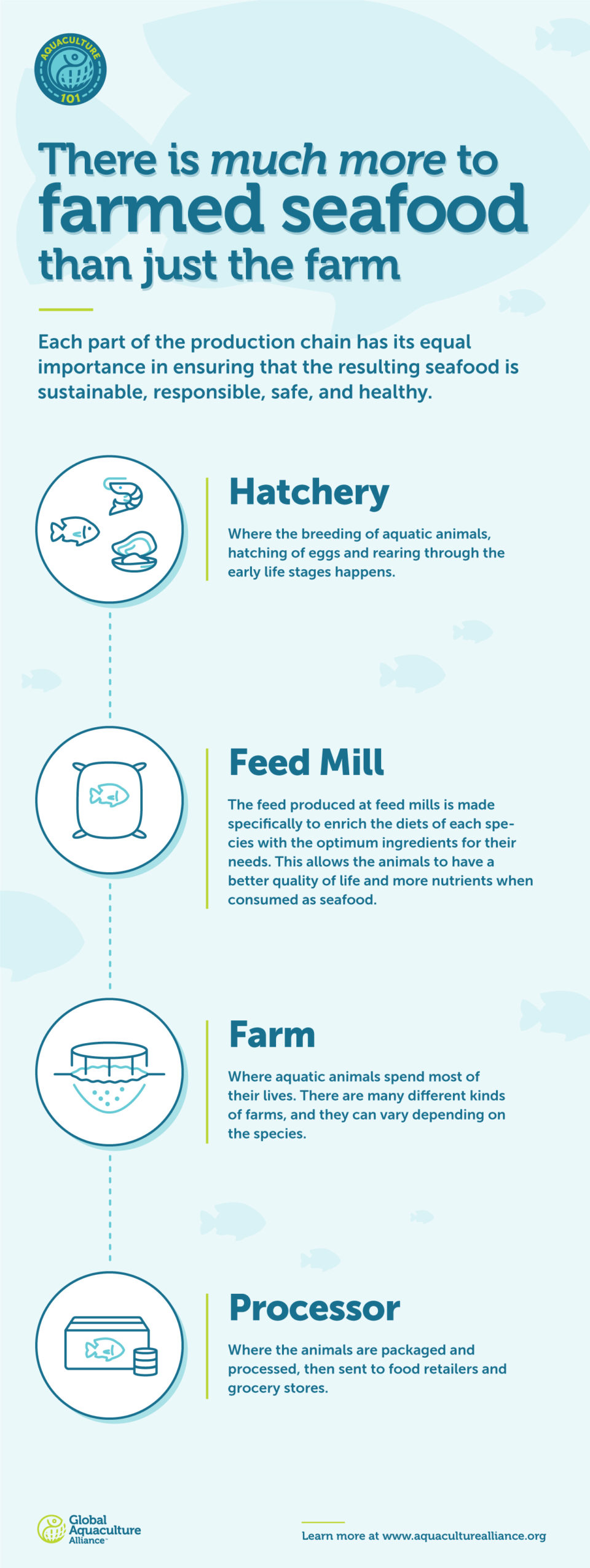Where Does Farmed Seafood Come From?
Editor’s note: This post is part of the Aquaculture 101 series, an educational campaign GSA is carrying out in 2019. The mission of the campaign is to spread awareness about basic aquaculture information to those who might not know about aquaculture, or those who might be skeptical of farmed fish. Each month, a blog post, short video and infographic are released on the GSA website and shared across social media with the hashtag #Aquaculture101.
 When you hear the words “farmed seafood,” most likely an image of a cage in the ocean comes to mind – an actual fish farm. However, there is so much more to aquaculture than just the farm, and each part has its equal importance in ensuring that the resulting seafood is sustainable, responsible, safe and healthy.
When you hear the words “farmed seafood,” most likely an image of a cage in the ocean comes to mind – an actual fish farm. However, there is so much more to aquaculture than just the farm, and each part has its equal importance in ensuring that the resulting seafood is sustainable, responsible, safe and healthy.
There are four primary steps to the farmed seafood production chain, beginning with where the aquatic animals are born and ending with where the seafood is processed and packaged. Each step builds upon the last, and all are interconnected.
To explain where exactly the farmed seafood in your fridge or freezer came from, let’s start at the very beginning: the hatchery.
Hatchery
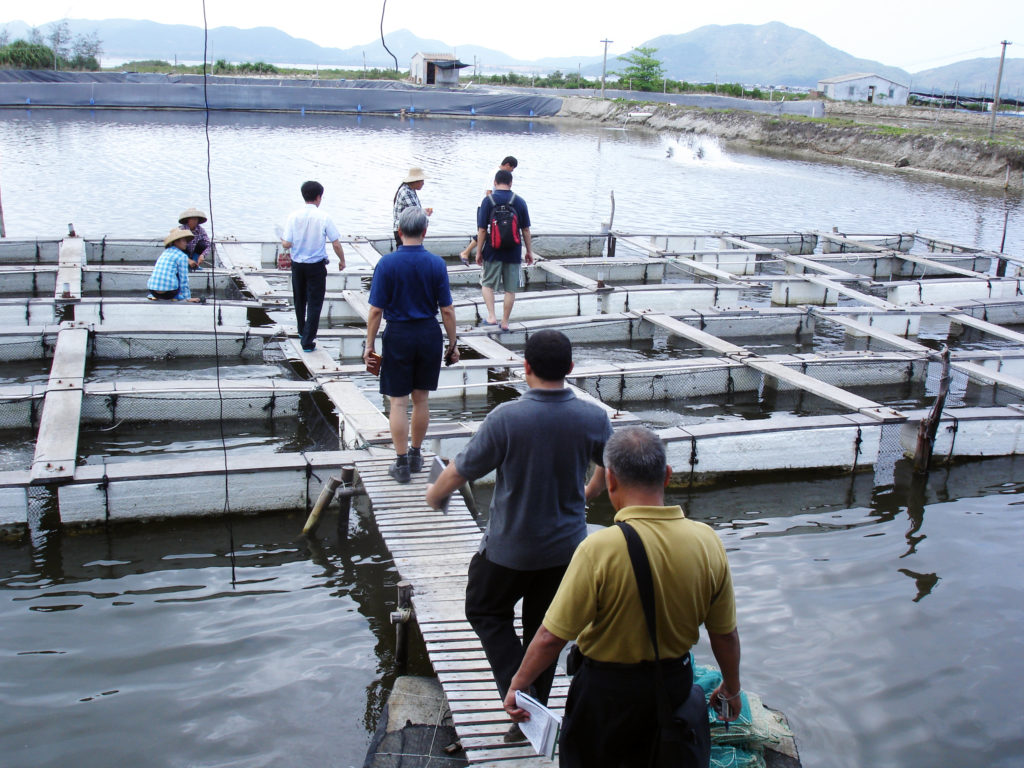
The hatchery is the first step in the aquaculture production chain. This is where the breeding of fish, hatching of eggs and rearing of fish through the early life stages happens. The animals are intently monitored to ensure they are growing properly. When the animals are mature enough to grow and thrive on a farm, they are then transferred to the farm itself. Some hatcheries are connected to farms, and others have partnerships with farms and transport the animals when they are mature enough.
Feed Mill
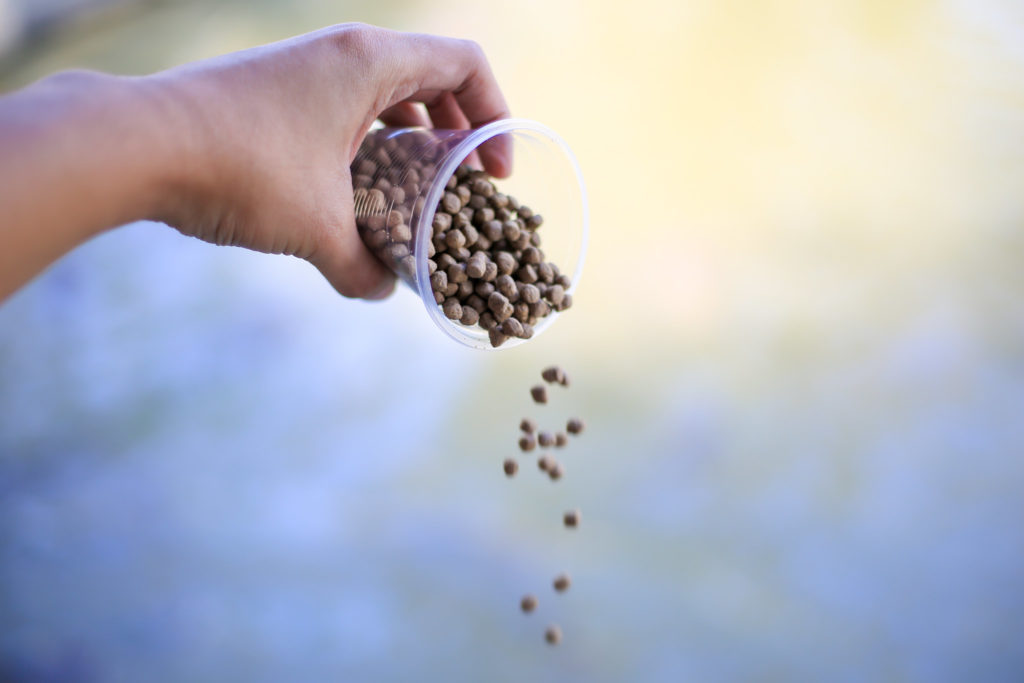
All animals throughout the production chain are fed nutrient-rich feed from feed mills, the second step in the chain. Aquaculture feed is produced in a feed mill using a blend of ingredients specifically formulated to meet the nutritional needs of each species and enrich their diets. This allows the animals to have a better quality of life and provide consumers with optimum nutrients when consumed as seafood.
Farm
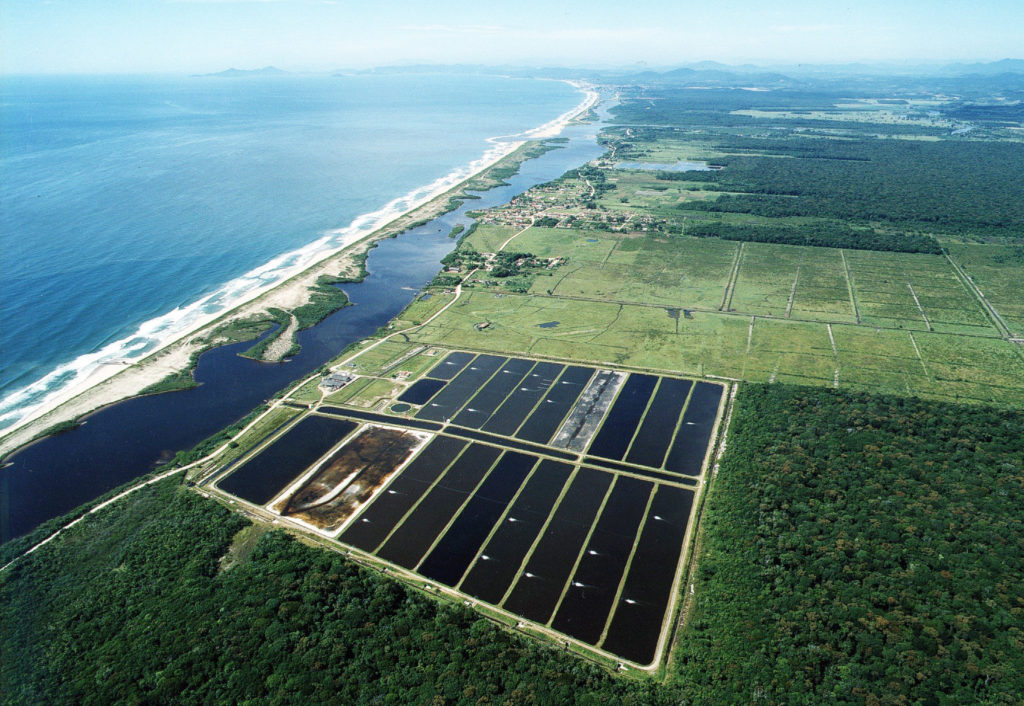 After the feed mill comes the farm. Animals that are at the farm have matured beyond the hatchery, and are fed feed from feed mills. The farm is where aquatic animals spend most of their lives, and where they are grown to market size. There are many different kinds of farms, and they can vary depending on the species. Farming can occur in ponds, cages, net pens, tanks, raceways or closed-containment vessels. Different approaches to farming include open ocean, flow-through, partial exchange, and closed or recirculating water systems.
After the feed mill comes the farm. Animals that are at the farm have matured beyond the hatchery, and are fed feed from feed mills. The farm is where aquatic animals spend most of their lives, and where they are grown to market size. There are many different kinds of farms, and they can vary depending on the species. Farming can occur in ponds, cages, net pens, tanks, raceways or closed-containment vessels. Different approaches to farming include open ocean, flow-through, partial exchange, and closed or recirculating water systems.
Processing Plant
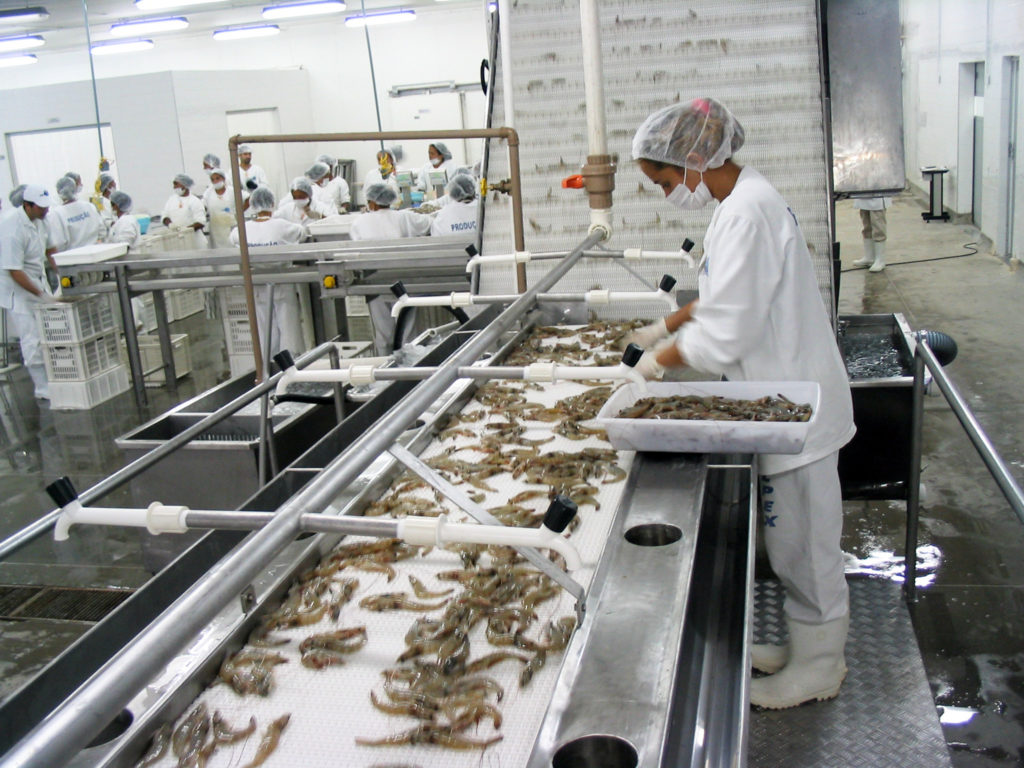 The final step in the production chain is the processing plant. After harvest, the aquatic animals are sent to a processing plant where they may be filleted, flavored, cooked, frozen and packaged for human consumption. Monitoring food safety is of the utmost importance at this step. The processing plants then send the final products to grocery stores, restaurants and other outlets for human consumption.
The final step in the production chain is the processing plant. After harvest, the aquatic animals are sent to a processing plant where they may be filleted, flavored, cooked, frozen and packaged for human consumption. Monitoring food safety is of the utmost importance at this step. The processing plants then send the final products to grocery stores, restaurants and other outlets for human consumption.
BAP Certification
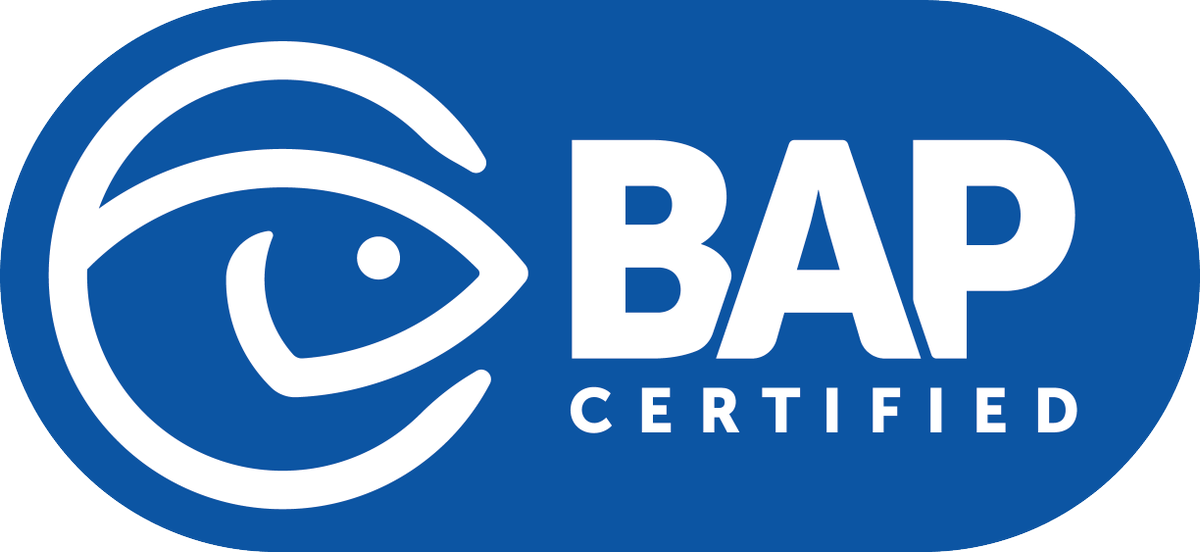 The only seafood certification program that certifies each of these four parts of the production chain is Global Aquaculture Alliance’s Best Aquaculture Practices (BAP) certification. Other schemes look at just one or some steps in the production chain, whereas each step is audited in the BAP program. Each certified facility must meet all of BAP’s standards in order to earn certification. Learn more about BAP certification standards here.
The only seafood certification program that certifies each of these four parts of the production chain is Global Aquaculture Alliance’s Best Aquaculture Practices (BAP) certification. Other schemes look at just one or some steps in the production chain, whereas each step is audited in the BAP program. Each certified facility must meet all of BAP’s standards in order to earn certification. Learn more about BAP certification standards here.
This is an outline of an ideal production chain. Unfortunately, as with every food system, not every single hatchery, feed mill, farm and processing facility does everything right, which can result in environmental repercussions or food-safety hazards. Every year, the aquaculture industry moves closer toward sustainability, in part because of certification programs. If each part of the production chain prioritizes food safety, environmental sustainability, social responsibility, and animal health and welfare during production, the final product is much more likely to be sustainable, healthy and beneficial.
Learn more in our “Where does farmed seafood come from?” video.
Read more of our Aquaculture 101 series and check it out on social media with the hashtag #Aquaculture101!
View full Where does farmed seafood come from? infographic here.

